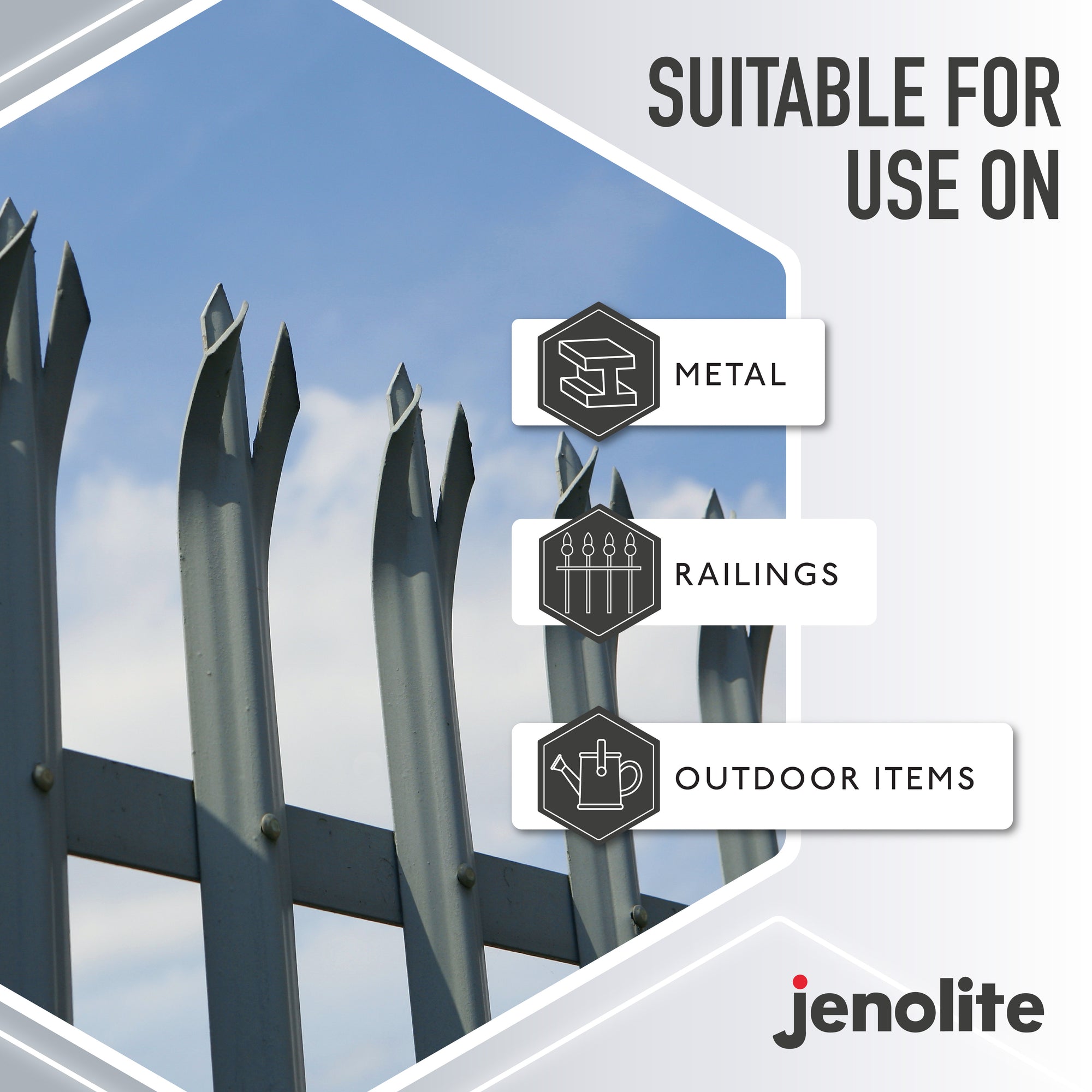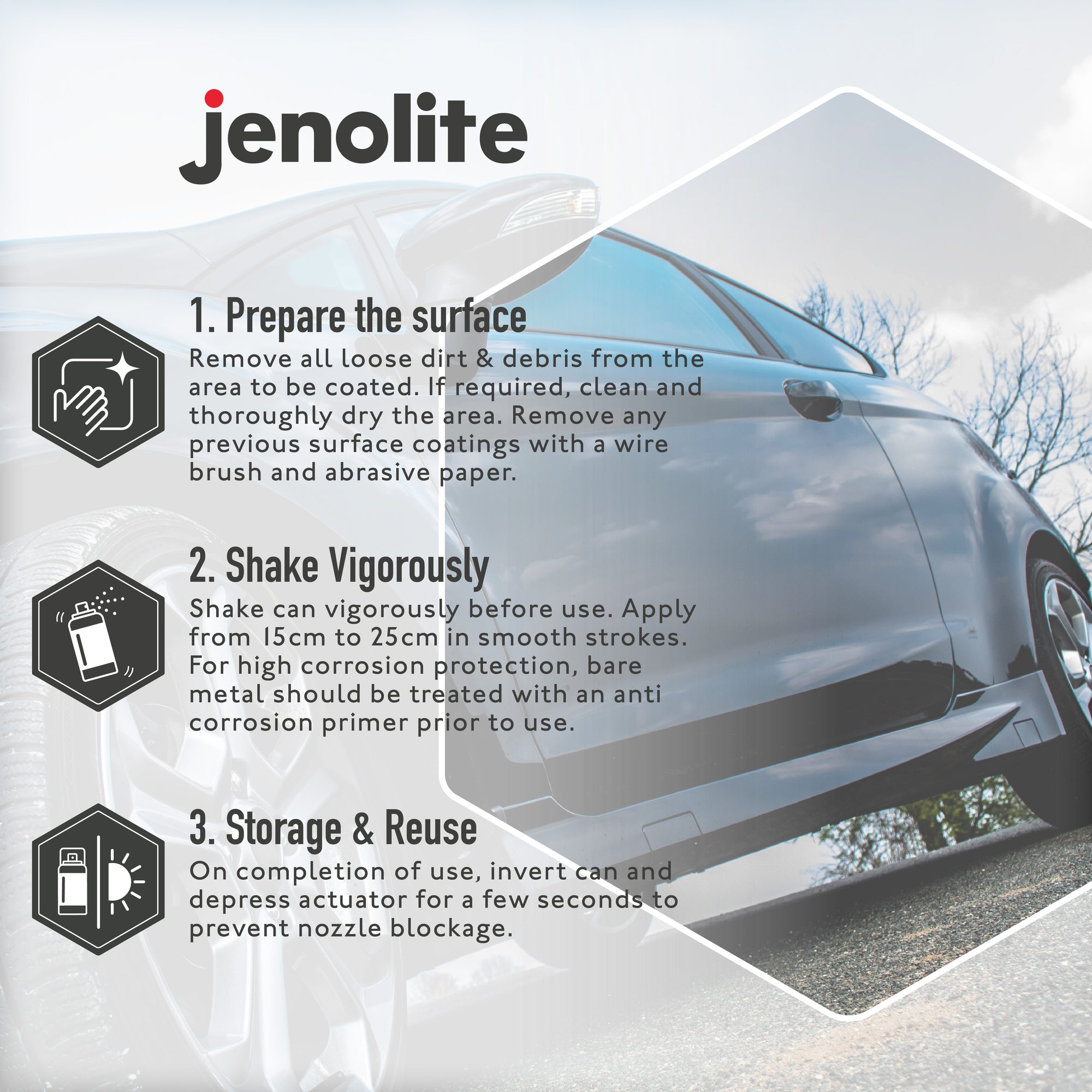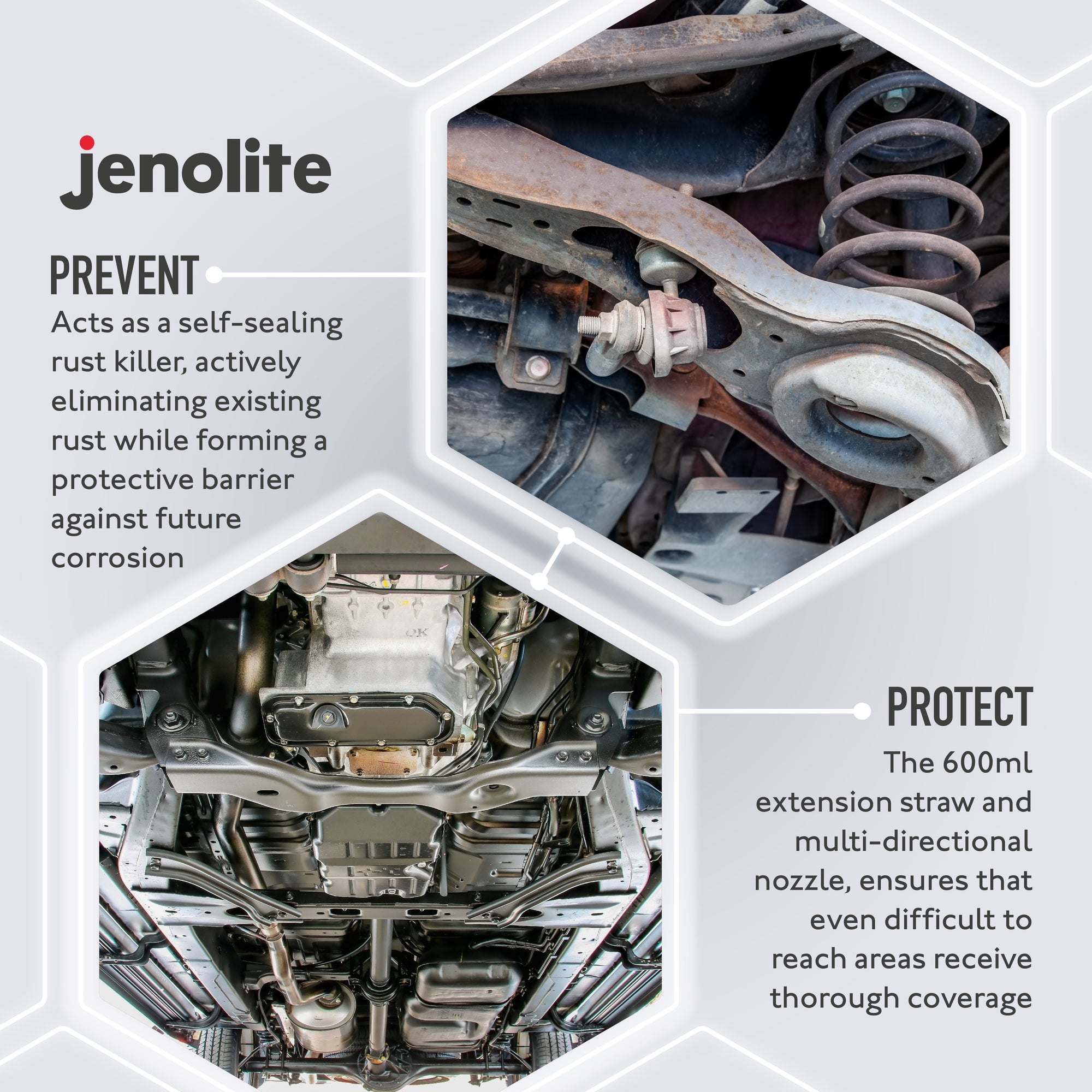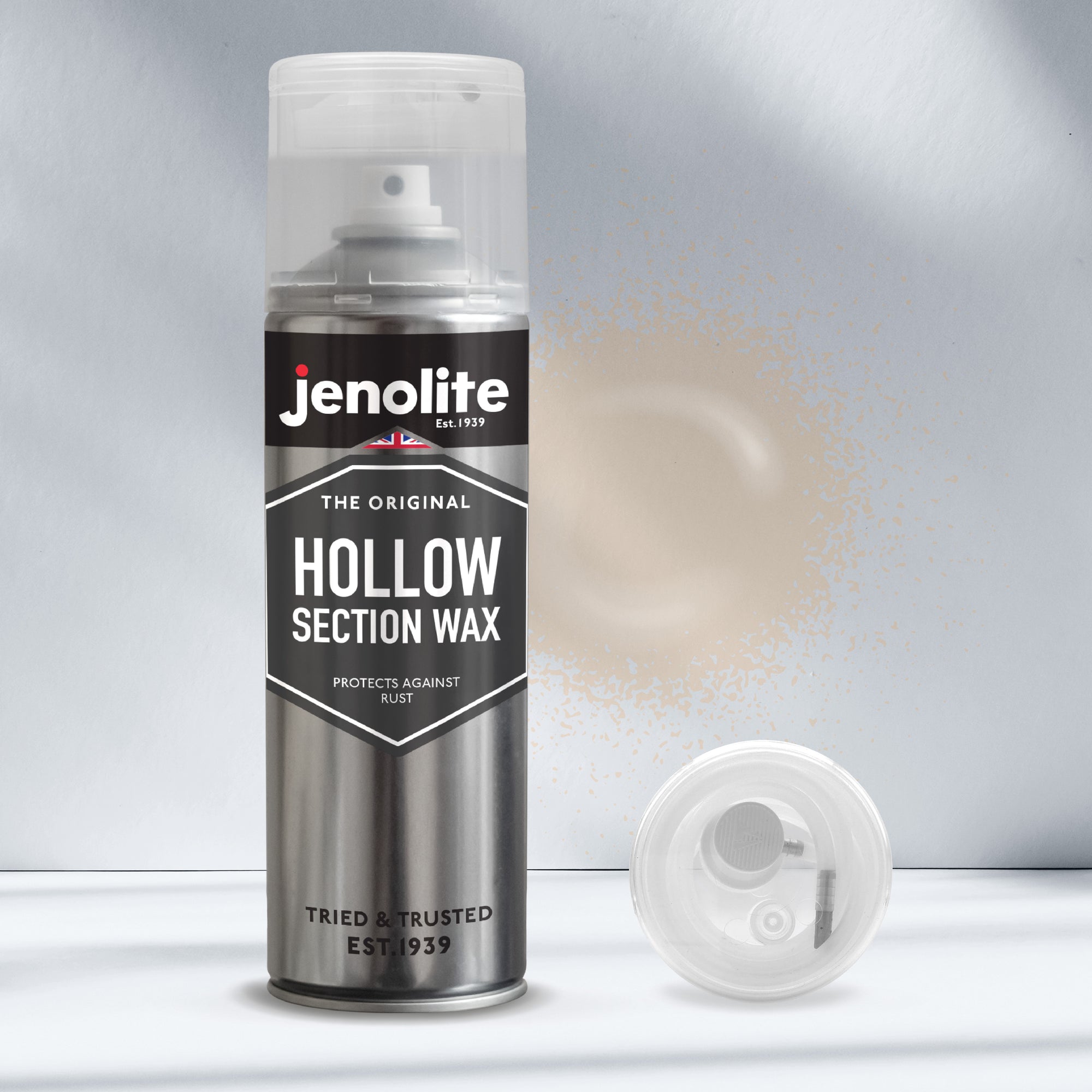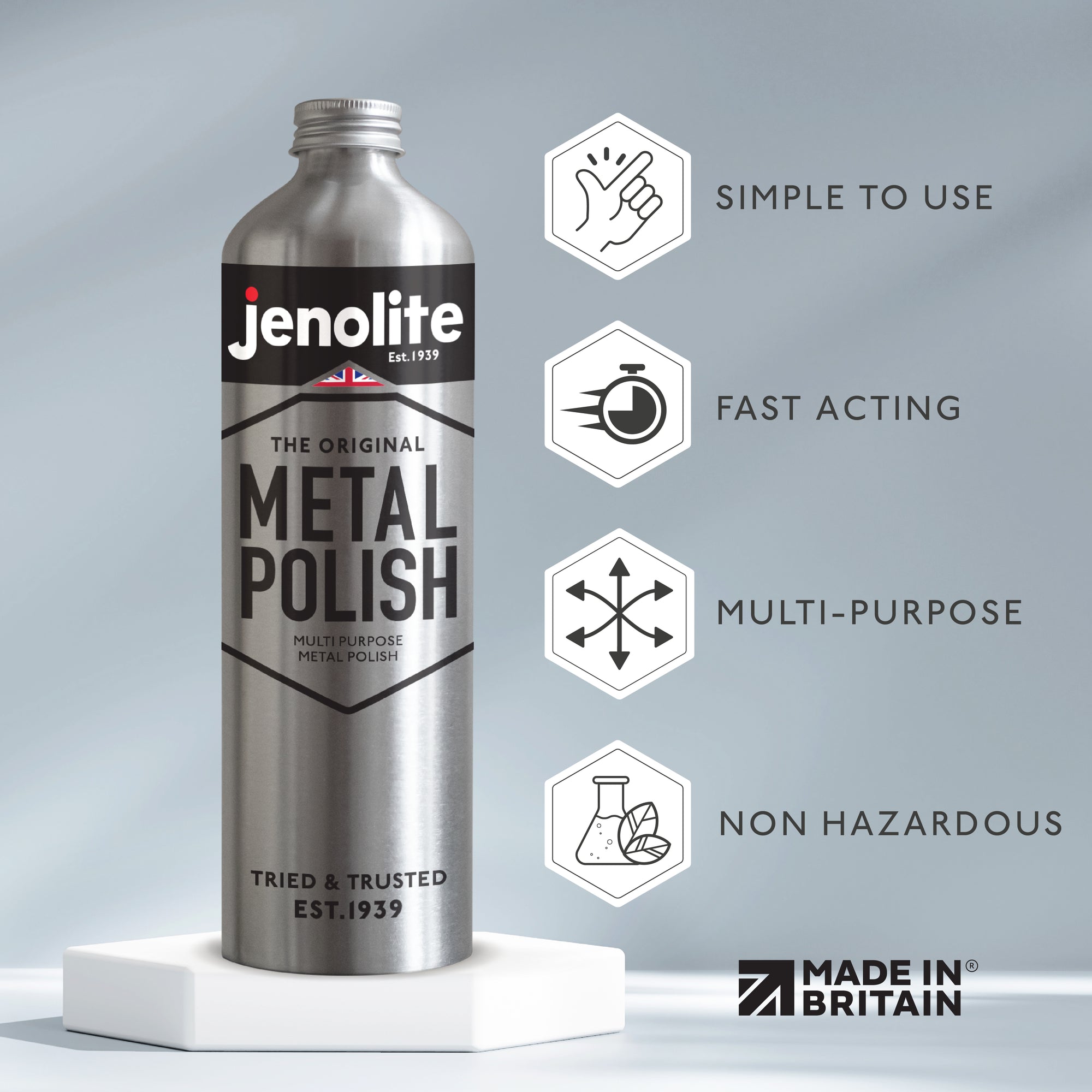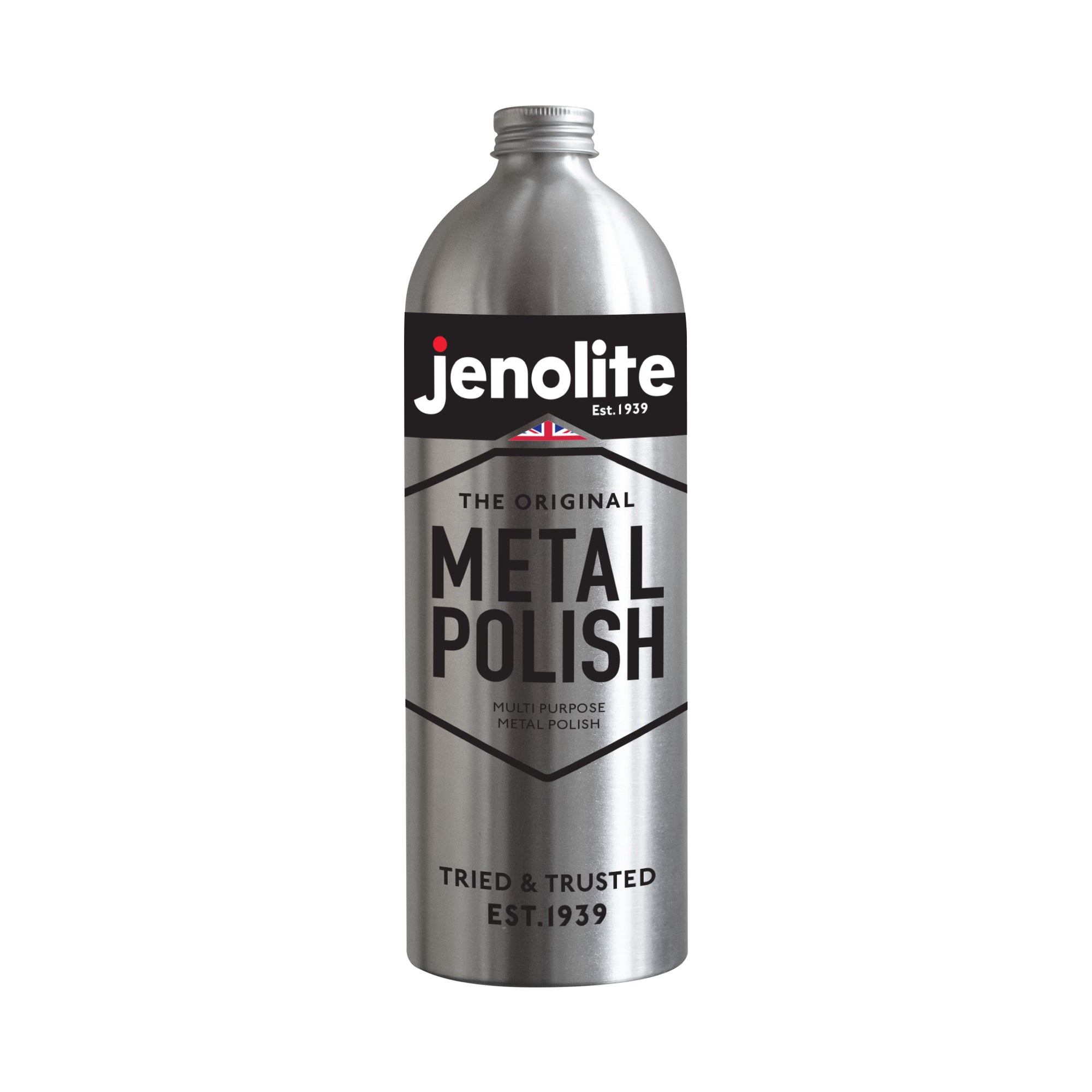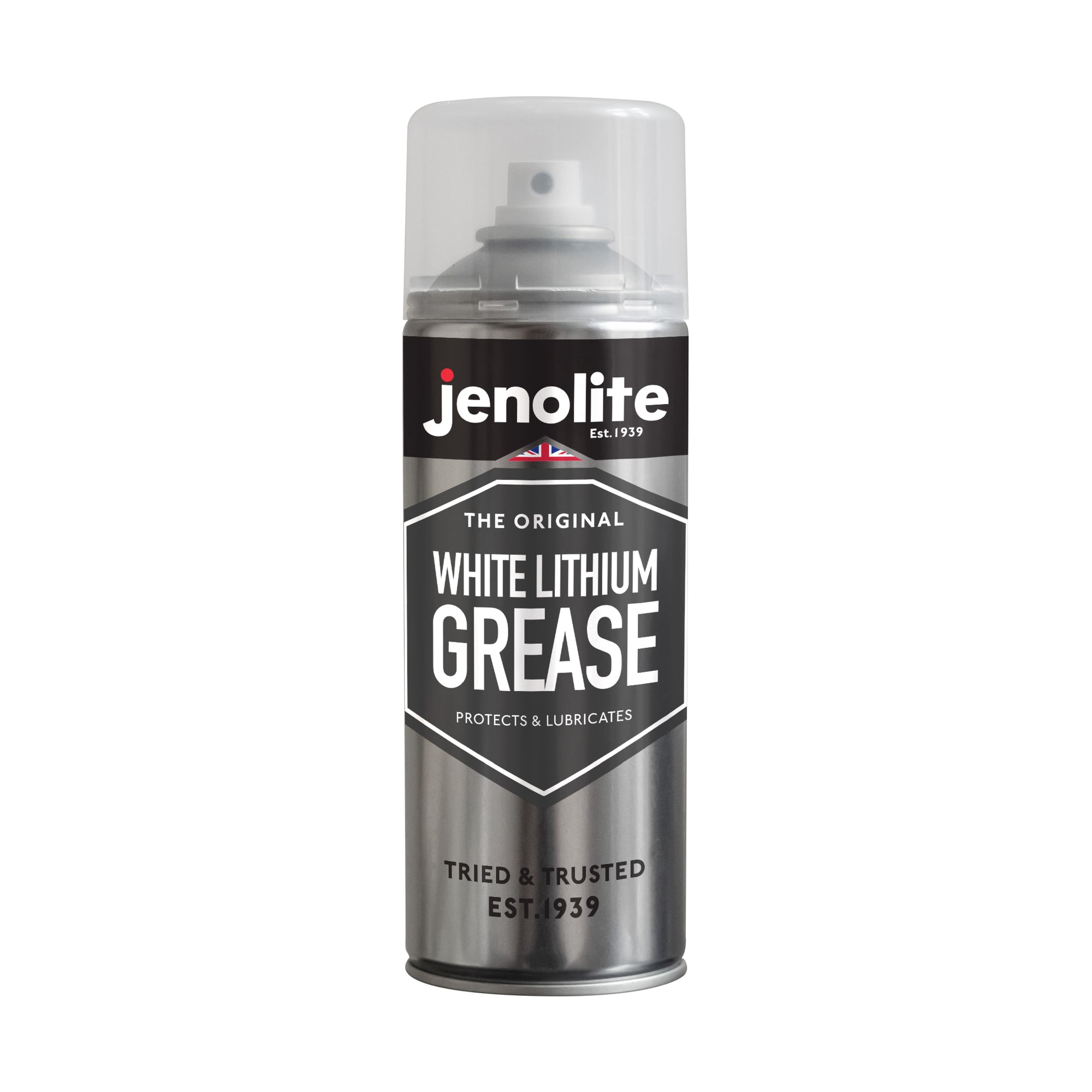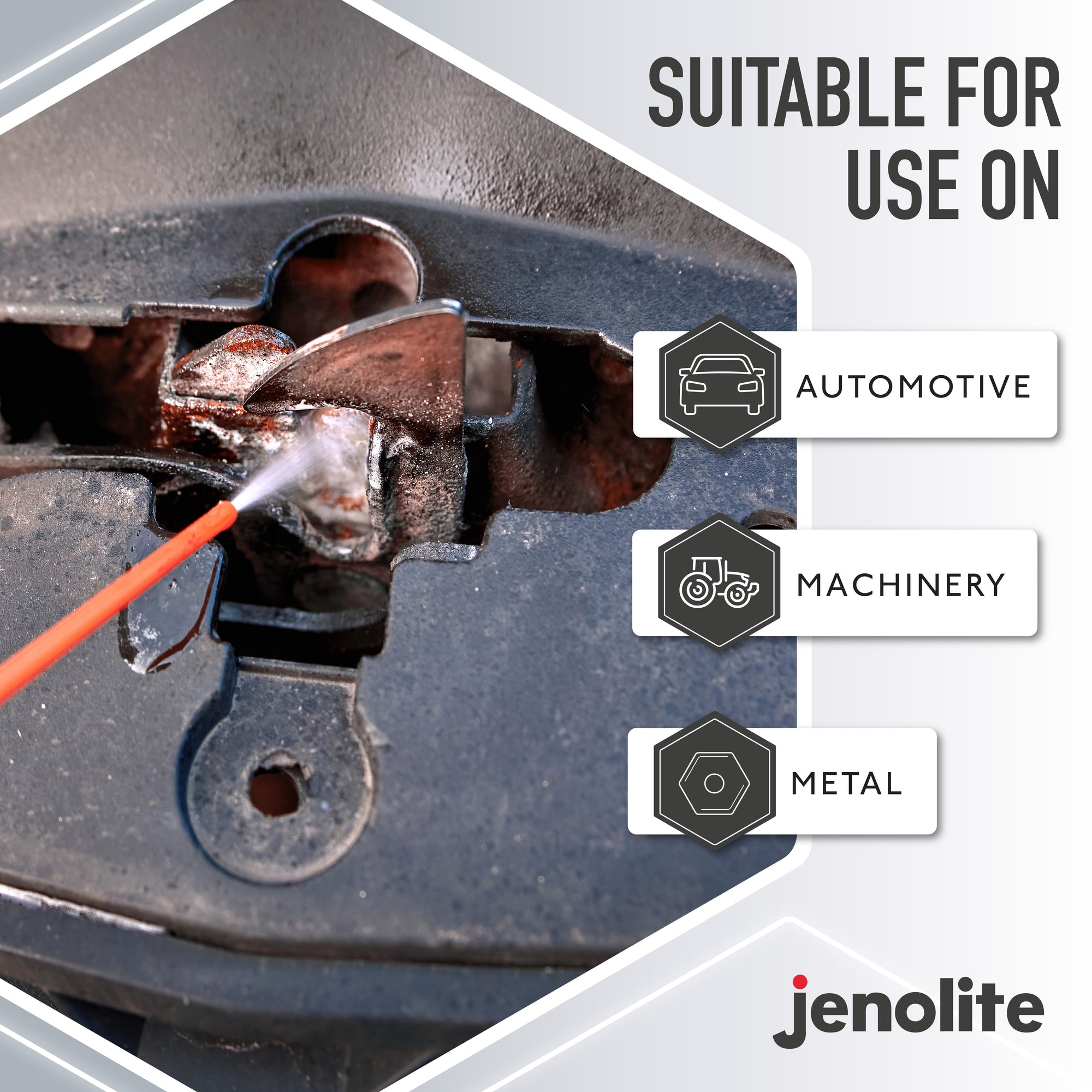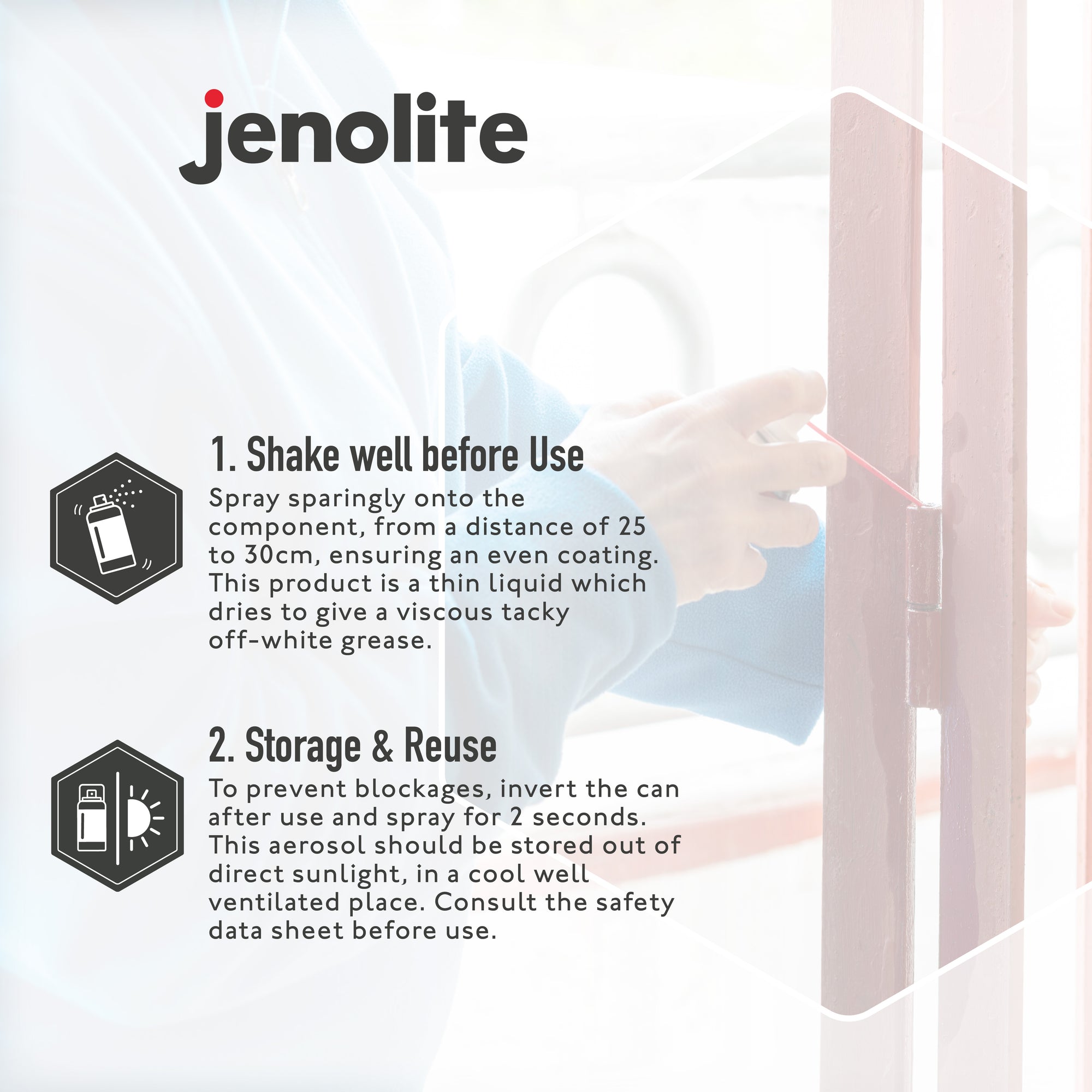Rust can appear almost anywhere, with the result usually being caused by contact with a metal surface such as leaving spray cans on a wet floor or any other metal item coming into contact with your tiles. As tiles are usually made from ceramic or porcelain this is the most common reason for rust, as the tiles themselves won’t react to water by rusting.
This blog post will show you how to remove rust marks from tiles effectively using professional standard products. The method we go through below covers how to remove rust from floor tiles in any material and answers questions such as:
- How to remove rust marks from outdoor tiles - usually caused by outdoor furniture or metal cans left on the floor as mentioned above
- How to remove rust from porcelain tiles - usually a problem in the kitchen or bathroom from metal racks being left damp or rust dripping down from the shower onto the floor
- How to remove rust from ceramic tiles - again, most likely in the bathroom spreading from metal fixtures
Identify the root cause of the rust
Firstly, identify the root of the rust problem. This will help you prevent rust in the future as well as putting aside the source to come back to so you can treat it with Jenolite Rust Remover.
How to remove rust stains from tiles - the process
Remove grease and oil barriers from the surface
It’s always best to have a clean surface to work with. Cleaning ensures any barrier such as grease or oil is stripped and the product is able to soak in and work well to remove rust stains. Use a degreaser for the most effective results.
Spray rust stain remover onto the stain or stains
The next step is to actually remove the rust stains from the tiles. Because the rust was not caused by the tiles themselves, a rust remover like Jenolite might be too harsh and it is not needed to remove marks as a result of rust. Instead, use a stain remover such as Jenolite’s 500ml Rust Stain Remover Spray.
Make sure you shake the bottle well before spraying and twist the nozzle to open. The spray bottle allows for an even application of the product and is more efficient. It goes a long way!
This product is safe to use on tiles and other surfaces such as fiberglass, metal, plastics, brickwork, stonework, and painted surfaces.
Leave the spray to soak into the stain
Once you have even coverage leave it to soak for it to do its work. This time does vary as it depends on how severe the rust stain is and on the surface material but you should be able to visibly see it soaking into the rust stain.
Wipe the surface clean
Once the substance has soaked through use a dry cloth to wipe the surface. If there is any visible residue or staining then you can repeat the process.
Preventing rust in the future
As mentioned before, the key to preventing rust is to find the source of the rust. Then you can treat it directly. For example, if rust is developing on your shower tiles then it may be coming from the tap or showerhead. You can then use Jenolite Rust Remover to submerge the bathroom fixtures and target the right areas, nipping rust in the bud. Read our article on how to remove rust from bathroom fixtures for more information.
How to remove rust marks from tiles and stop them in their tracks
If you want to keep your tiles really looking great, and to reduce the amount of work it takes to keep them that way, check out Jenolite’s tile and grout sealer. This aerosol is easy to apply, and keeps your tiles looking new by forming a protective layer against water penetration, grease, oil, and limescale.








































